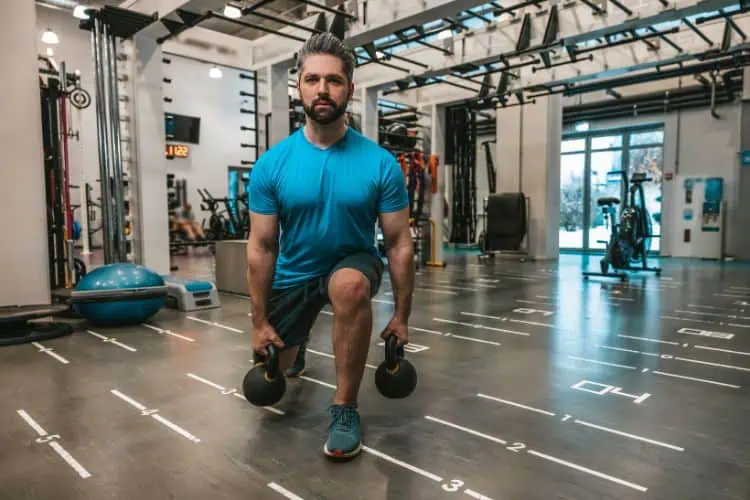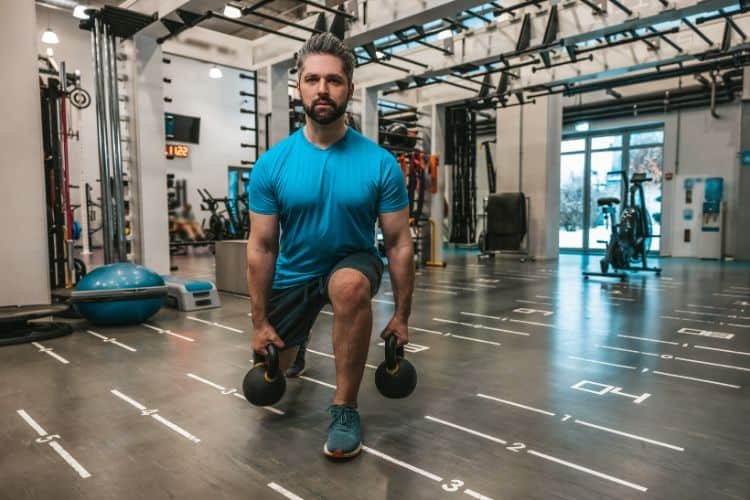
High-Intensity Interval Training (HIIT) has revolutionized the fitness world, offering an efficient and effective way to torch calories, improve cardiovascular fitness, and build muscle. While HIIT can target various areas of the body, focusing on leg workouts delivers unique benefits. Strong legs are crucial for overall strength, balance, and athletic performance, making them a cornerstone of a well-rounded fitness regimen. In this guide, we’ll explore the best HIIT leg workouts, their benefits, and how to implement them into your fitness routine.
Benefits of HIIT Leg Workouts
1. Builds Strength and Power
HIIT leg workouts emphasize explosive movements, such as jump squats or box jumps, which target fast-twitch muscle fibers. These fibers are responsible for strength and power, helping you perform better in activities requiring quick bursts of energy.
2. Enhances Cardiovascular Fitness
Leg-focused HIIT workouts elevate your heart rate quickly, making them an excellent cardio option. Regularly performing these exercises improves endurance and cardiovascular health, reducing the risk of heart-related conditions.
3. Burns More Calories
The combination of high-intensity intervals and large muscle group activation ensures a higher calorie burn both during and after the workout. This effect, known as Excess Post-Exercise Oxygen Consumption (EPOC), helps with weight management and fat loss.
4. Improves Athletic Performance
By strengthening key muscle groups like the quadriceps, hamstrings, and calves, HIIT leg workouts enhance athletic performance, speed, and agility. This improvement translates to better results in sports and everyday activities.
5. Time Efficiency
HIIT leg workouts pack a punch in a short amount of time, making them perfect for busy individuals. A 20-minute HIIT session can be as effective as an hour of steady-state cardio.
Key Components of a HIIT Leg Workout
To create an effective HIIT leg workout, it’s important to combine strength-building and cardio-intensive exercises. The following elements should be incorporated:
1. Warm-Up
A proper warm-up prepares your muscles and reduces the risk of injury. Include dynamic stretches and light cardio, such as leg swings, high knees, or bodyweight squats, for 5-10 minutes.
2. Interval Structure
HIIT workouts alternate between high-intensity work and rest periods. Common structures include:
- Tabata: 20 seconds of work, 10 seconds of rest, repeated for 4 minutes.
- EMOM (Every Minute on the Minute): Perform a set number of reps within a minute and rest for the remaining time.
- Circuit Training: Complete a series of exercises with minimal rest between each.
3. Exercise Selection
Focus on compound movements that engage multiple muscle groups, such as:
4. Cool-Down
End your workout with static stretches and light cardio to improve flexibility and aid recovery.
The Best HIIT Leg Workouts
1. Beginner HIIT Leg Workout
This workout is perfect for those new to HIIT.
Structure: 30 seconds work, 30 seconds rest, 3 rounds
- Bodyweight Squats
- Reverse Lunges
- Calf Raises
- Step-ups (use a sturdy platform)
- Glute Bridges
Cool-Down: Hamstring stretch, quad stretch, and seated forward fold.
2. Intermediate HIIT Leg Workout
For those with some experience, this workout adds intensity and variety.
Structure: 40 seconds work, 20 seconds rest, 4 rounds
- Jump Squats
- Bulgarian Split Squats (20 seconds per leg)
- Single-Leg Deadlifts
- Box Jumps
- Skater Hops
Cool-Down: Pigeon pose, standing forward bend, and butterfly stretch.
3. Advanced HIIT Leg Workout
Designed for seasoned athletes, this routine maximizes intensity.
Structure: 45 seconds work, 15 seconds rest, 5 rounds
- Barbell Front Squats
- Weighted Step-Ups
- Dumbbell Walking Lunges
- Kettlebell Swings
- Sprint Intervals (treadmill or outdoors)
Cool-Down: Foam rolling, hip flexor stretch, and downward dog.
How to Incorporate HIIT Leg Workouts Into Your Routine
1. Frequency
For optimal results, perform HIIT leg workouts 2-3 times per week. Allow at least 48 hours of recovery between sessions to prevent overtraining.
2. Pairing With Other Workouts
Combine HIIT leg workouts with upper body or core-focused sessions to create a balanced weekly routine. For example:
- Monday: HIIT Leg Workout
- Wednesday: Upper Body Strength Training
- Friday: Core and Cardio
3. Progression
Gradually increase the intensity of your workouts by:
- Adding resistance (e.g., weights)
- Increasing work duration or reducing rest periods
- Incorporating more advanced exercises
Tips for Success
1. Focus on Form
Maintaining proper form is crucial to avoid injuries and maximize effectiveness. For instance, keep your knees aligned with your toes during squats and lunges.
2. Use Proper Equipment
Invest in quality shoes and consider using resistance bands, dumbbells, or kettlebells to enhance your workouts.
3. Stay Consistent
Consistency is key to achieving results. Schedule your workouts and treat them as non-negotiable appointments.
4. Listen to Your Body
If you experience pain or extreme fatigue, modify the intensity or take additional rest.
Common Mistakes to Avoid
- Skipping the Warm-Up: Diving straight into high-intensity exercises increases the risk of injury.
- Neglecting Rest Periods: Proper rest is essential for maintaining performance and preventing burnout.
- Using Excessive Weight: Start with lighter resistance and progress gradually to avoid compromising form.
- Overtraining: Avoid performing HIIT every day; recovery is crucial for muscle growth and performance.
The Science Behind HIIT and Leg Workouts
Research supports the effectiveness of HIIT for building muscle and burning fat. Studies show that HIIT increases metabolic rate for hours post-exercise, leading to significant calorie expenditure. Moreover, leg exercises engage some of the largest muscle groups in the body, amplifying the calorie-burning effect and promoting muscle growth.
HIIT leg workouts offer a dynamic and efficient way to build strength, improve cardiovascular fitness, and torch calories. Whether you’re a beginner or an advanced athlete, incorporating these workouts into your routine can elevate your fitness journey. Remember to focus on proper form, stay consistent, and prioritize recovery for the best results. With dedication and effort, your legs will become stronger, leaner, and more powerful.
